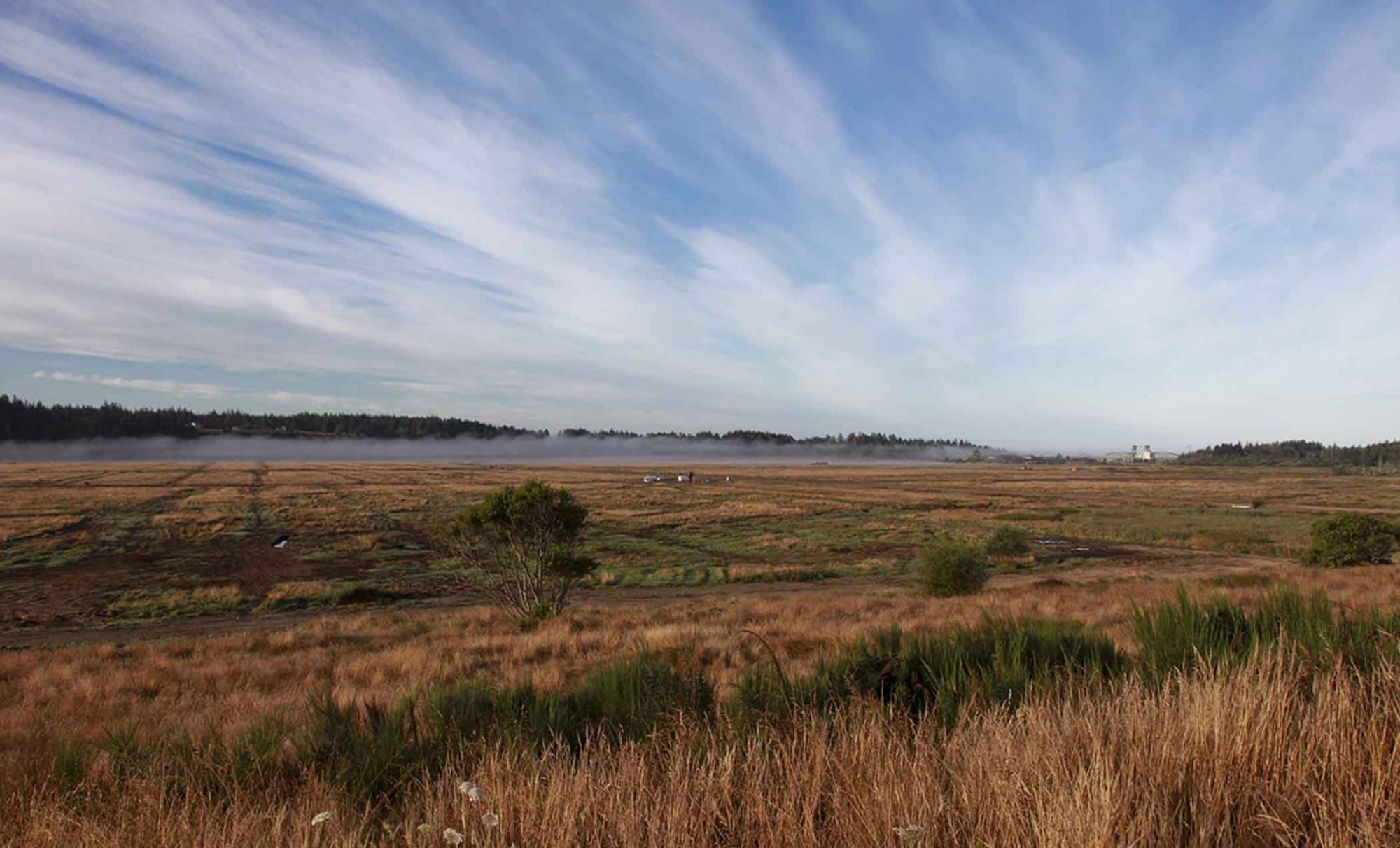GRANTS PASS, Ore. — Pressed by advocacy groups, the U.S. Fish and Wildlife Service has dropped plans to spray chemical pesticides to kill mosquitoes breeding on a national wildlife refuge on the southern Oregon Coast.
Instead, the agency will use a biological pesticide that poses less risk to the crabs, crawfish and worms that fish and wildlife depend on for food.
After a major restoration at the Bandon Marsh National Wildlife Refuge in 2011 inadvertently created lots of shallow water pools favored by mosquito larvae, swarms of mosquitoes appeared last year like never before, creating a public outcry. The biting insects drove away campers from Bullards Beach State Park and harassed golfers at local courses. U.S. Rep. Peter DeFazio, D-Ore., pressed the agency to fix the problem.
Acknowledging that it never took into account the potential for increasing mosquito numbers around homes and the city of Bandon, Fish and Wildlife came up with a plan to alter the flow of tidal water in the Ni-les’tun Unit of the refuge to reduce the area of prime mosquito breeding pools. In the meantime, they would spray the pesticides methoprene and CocoBear within the refuge to kill mosquito larvae.
Methoprene acts like a hormone to inhibit growth in insects, and is sometimes found in flea collars. An Oregon State University pesticides website says it is toxic to fish, shrimp and other invertebrates, but less toxic to birds. CocoBear is an oil that forms a thin film over water and suffocates mosquito larvae. The label warns it kills aquatic organisms.
The insect conservation group Xerces Society, the Center for Food Safety and others urged the agency to reconsider, arguing the pesticides were a threat to the food chain, and the mosquitoes, Aedes dorsalis, did not spread human diseases, such as West Nile virus.
In a supplemental environmental assessment last month, the agency agreed to use the biological pesticide Bacillus thuringiensis israelensis, known as Bti.
“After evaluating public comments … and discussion with mosquito experts, the Service determined that using Bti will effectively control mosquitoes on the Ni-les’tun Unit while posing a low risk to wildlife, their habitats, and the human environment,” Fish and Wildlife said.
The agency contracted with Coos County Public Health to monitor mosquitoes on the refuge and pay a contractor to spray for mosquitoes on the refuge.
“We are not working to save these mosquitoes,” said Scott Black of Xerces Society. “Our goal with this project was so that we did not harm everything from crabs and shrimp and dragonflies and everything up to birds and other animals that have to feed on these organisms.”
Work on expanding the network of tidal channels through the marsh is scheduled to start in early summer.



